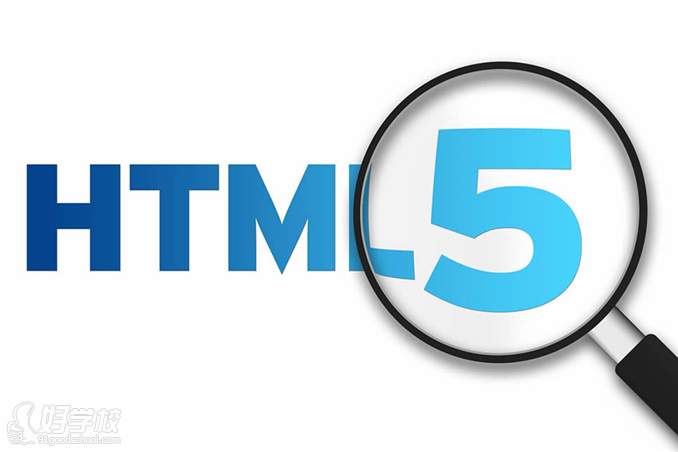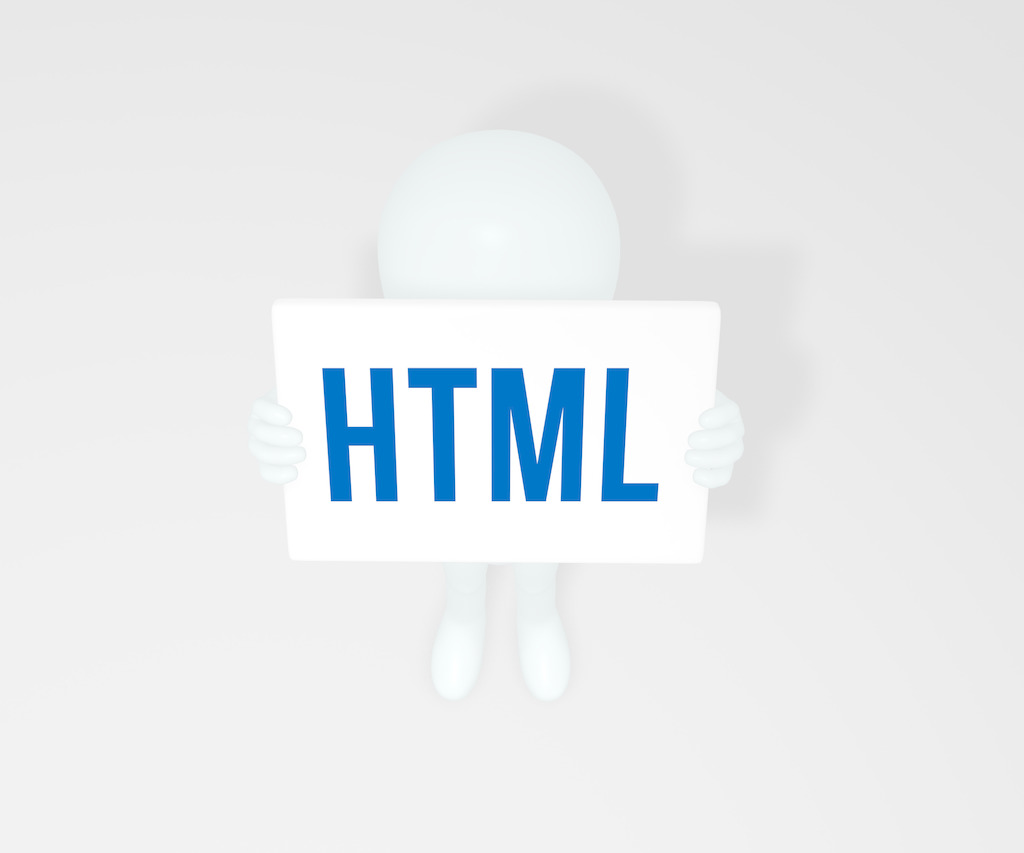
Meta Tag Function The META tag is a key tag in the HEAD area of HTML tags. It provides basic information such as document character set, language, author, etc., as well as settings for keywords and web page levels. Its biggest role is to enable search Engine Optimization (SEO). PS: It is convenient for search engine robots to search and classify, so Internet applications should pay attention to it. How to write big websites? Before learning about this tag, I searched various mainstream websites for their Meta settings.
1. Summary and detailed explanation of meta tags in HTML

# #Introduction: The META tag is a key tag in the HEAD area of HTML tags. It provides basic information such as document character set, language, author, etc., as well as settings for keywords and web page levels. Its greatest role is to enable search engine optimization ( SEO).
2. Detailed explanation of examples of meta tags in html
 ##Introduction: Here is a summary of the use of html meta tags (recommended). The editor thinks it’s pretty good, so I’ll share it with you now and give it as a reference. Let’s follow the editor to take a look
##Introduction: Here is a summary of the use of html meta tags (recommended). The editor thinks it’s pretty good, so I’ll share it with you now and give it as a reference. Let’s follow the editor to take a look
3.
Detailed explanation of the functions of HTML5 head meta tags ##Introduction: This article introduces you to a summary of the functions of various head meta tags in HTML5. It is very good and has reference value. Friends who need it can refer to it
##Introduction: This article introduces you to a summary of the functions of various head meta tags in HTML5. It is very good and has reference value. Friends who need it can refer to it
4.
##Introduction: meta is used to simulate the HTTP protocol in HTML documents Response header message. The meta tag is used in the head and /head of the web page. The meta tag has many uses. There are two attributes of meta: name and http-equiv. The name attribute is mainly used to describe web pages, corresponding to content (web page content), so that search engine robots can find and classify 
5.
Things about Meta tags in HTML
Introduction: The Meta tag is an auxiliary tag in the head area of the HTML language. It is located in the head tag at the head of the HTML document. and title tag, it provides information invisible to the user. It can be used by browsers (how content is displayed or pages are reloaded), search engines (keywords), or other web services. 
6.
What is a meta tag? meta tag summary
Introduction: Define the element to provide meta-information about the page (meta-information) , such as descriptions and keywords for search engines and update frequency. The above is the explanation from w3c. Meta information is data used to describe data...
Detailed explanation of some usages of meta tags
Introduction: The so-called META tag is an important html tag in the source code of HTML web pages. The META tag is used to describe the attributes of an HTML web page document, such as author, date and time, web page description, keywords, page refresh, etc. 1. viewport
Related questions and answers:
1.
2. javascript - meta Functional issues with tags waking up iPhone APP, waiting online
Collection of common uses of HTML meta tags3. asp.net background adding CSS, JS, Meta tags
The above is the detailed content of How to use meta tags? Summarize the usage of meta tag examples. For more information, please follow other related articles on the PHP Chinese website!
 what is mysql index
what is mysql index
 What is highlighting in jquery
What is highlighting in jquery
 Ethereum browser blockchain query
Ethereum browser blockchain query
 How to retrieve Douyin flames after they are gone?
How to retrieve Douyin flames after they are gone?
 How to solve the problem of 400 bad request when the web page displays
How to solve the problem of 400 bad request when the web page displays
 Commonly used search tools
Commonly used search tools
 Free software for building websites
Free software for building websites
 What is the basic concept of artificial intelligence
What is the basic concept of artificial intelligence




